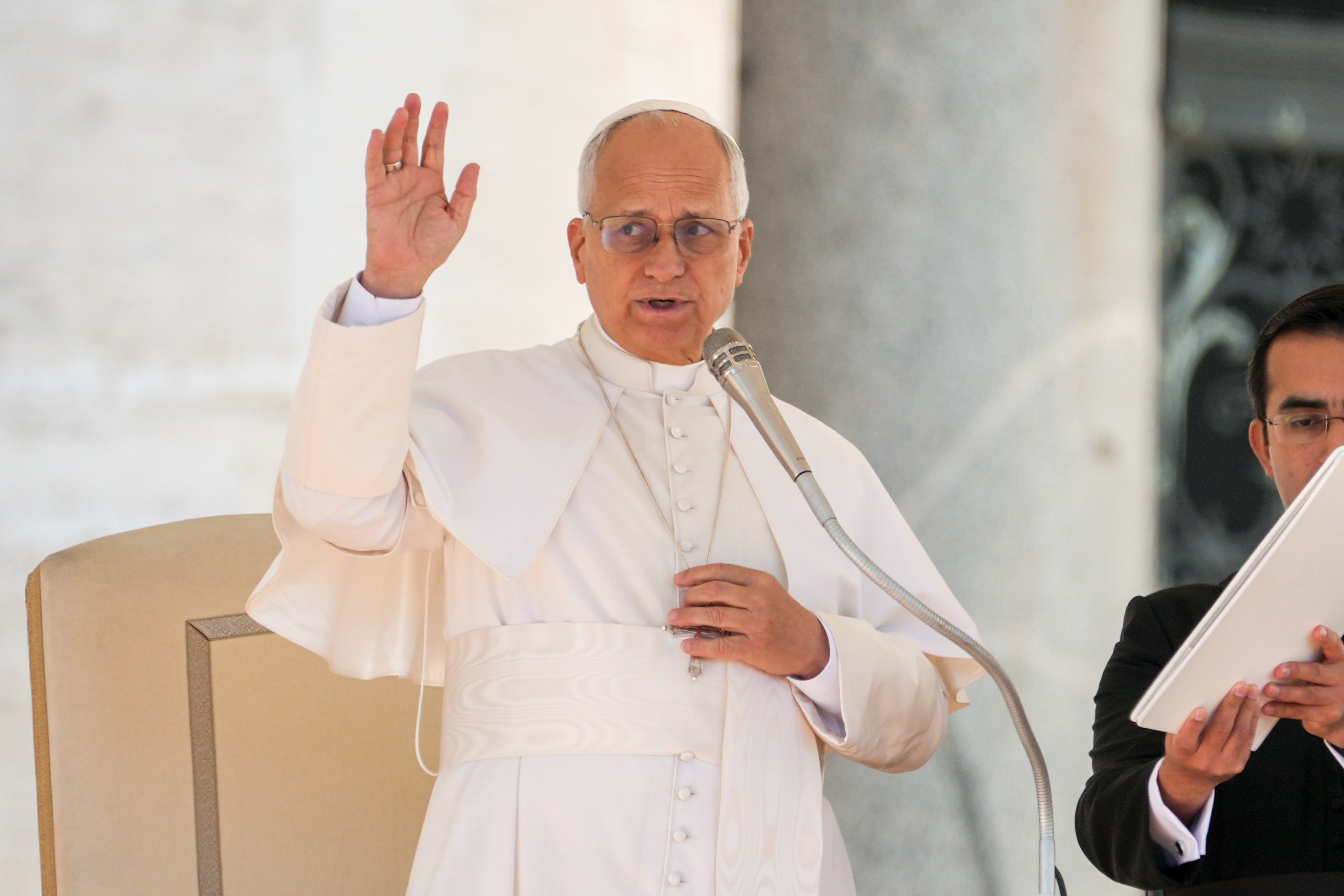March 4, 2020 at 3:44 p.m.
Transfiguration allows us to see Jesus as the Son of God
This Second Sunday of Lent, the Church invites us up the mountain of the Transfiguration (Matthew 17:1-9). In this scene, Jesus mysteriously prepares his apostles for the suffering that he will go through on Good Friday. They have no idea that the Crucifixion and death of Jesus are going to happen, but Jesus knows. He takes time with Peter, James and John to manifest his divine glory to them: And he was transfigured before them, and his face shone like the sun, and his garments became white as light. Jesus offered his apostles this glimpse of his glory to bolster their faith, so that they would have something to cling to when the reality of the Passion would come. At a certain moment, the voice of the Father thunders forth, saying, “This is my beloved Son, with whom I am well pleased; listen to him.” They are overawed, and they fall on their faces. Moments later when they look up, Peter, James and John see only Jesus.
It is true that this event was a moment for intensifying the apostles’ faith, but note that after this amazing experience, they lift up their eyes and see Jesus only. In other words, the apostles had an overwhelming religious experience. Almost immediately, however, the voice fades away and Moses and Elijah disappear. The face of Jesus no longer shines like the sun. They look up and see Jesus only.
This is not a bad thing. The point of the Transfiguration is to prepare them for the Passion. At the time of the Passion, Jesus will be disfigured, and they will have a hard time recognizing him, or even acknowledging that they know him. To be able to see Jesus for who he is becomes a huge part of faith for the apostles. For us too, to gaze with the eyes of faith upon Jesus on the cross, to believe that he is who he says, is crucial. That is the grace of the Transfiguration: despite what I think I know and understand about this man, Jesus, he truly is the Son of God. If he is the Son of God at the Transfiguration, he is also the Son of God at the Crucifixion. Faith in Jesus means seeing him both at times of joy and at times of suffering, and believing ardently.
The more we make acts of faith, believing in God with simple prayers such as, “My God, I believe in Thee, I hope in Thee, I love Thee with all my heart,” the stronger our faith becomes. The stronger our faith is, the more ready we are to listen to God and follow him in great trust.
Our first reading today from Genesis is an example of that great trust. This passage comes from the very beginning of Abraham’s story (Genesis 12:1-4a). Abraham, hearing God speak to him, steps out in faith — literally leaving behind family and territory. The narrator tells us that God gave him only one command: “Go!” So Abraham went, we are told, before he had seen any evidence of God’s particular love for him.
Saint Paul teaches us in today’s second reading (2 Timothy 1:8b-10) that each one of us is called in a way similar to Abraham, in virtue of his (God’s) purpose. In other words, just as God knew what he was doing when he called Abraham, each person is summoned by God for a reason. None of us knows what is on the other side of that summons, except that each person receives grace to respond and has the capacity to say yes. The reason is that Jesus Christ, the Son of God, has made it possible for us to say yes. Faith in him makes it possible.
- Supreme Court sides with Trump administration to temporarily block full funding for SNAP
- Former diocesan fundraising director indicted on wire fraud for alleged 6-figure theft
- Love is key to church’s mental health ministry, says bishop who lost family to suicide
- Caring for creation is part of peacemaking, pope tells COP30
- Security for Syria’s religious minorities is disastrous, say religious freedom advocates
- New ‘Nuremberg’ thriller examines capacity of ordinary men to commit extraordinary evil
- A pastoral reflection on voting rights and the call to justice
- Texas bishops: Court’s order on DACA ‘undermines’ right to work, support a family
- Pope Leo XIV urges Catholic technologists to spread the Gospel with AI
- Ohio bishop ends funeral visitations in churches, citing liturgical directives








Comments:
You must login to comment.